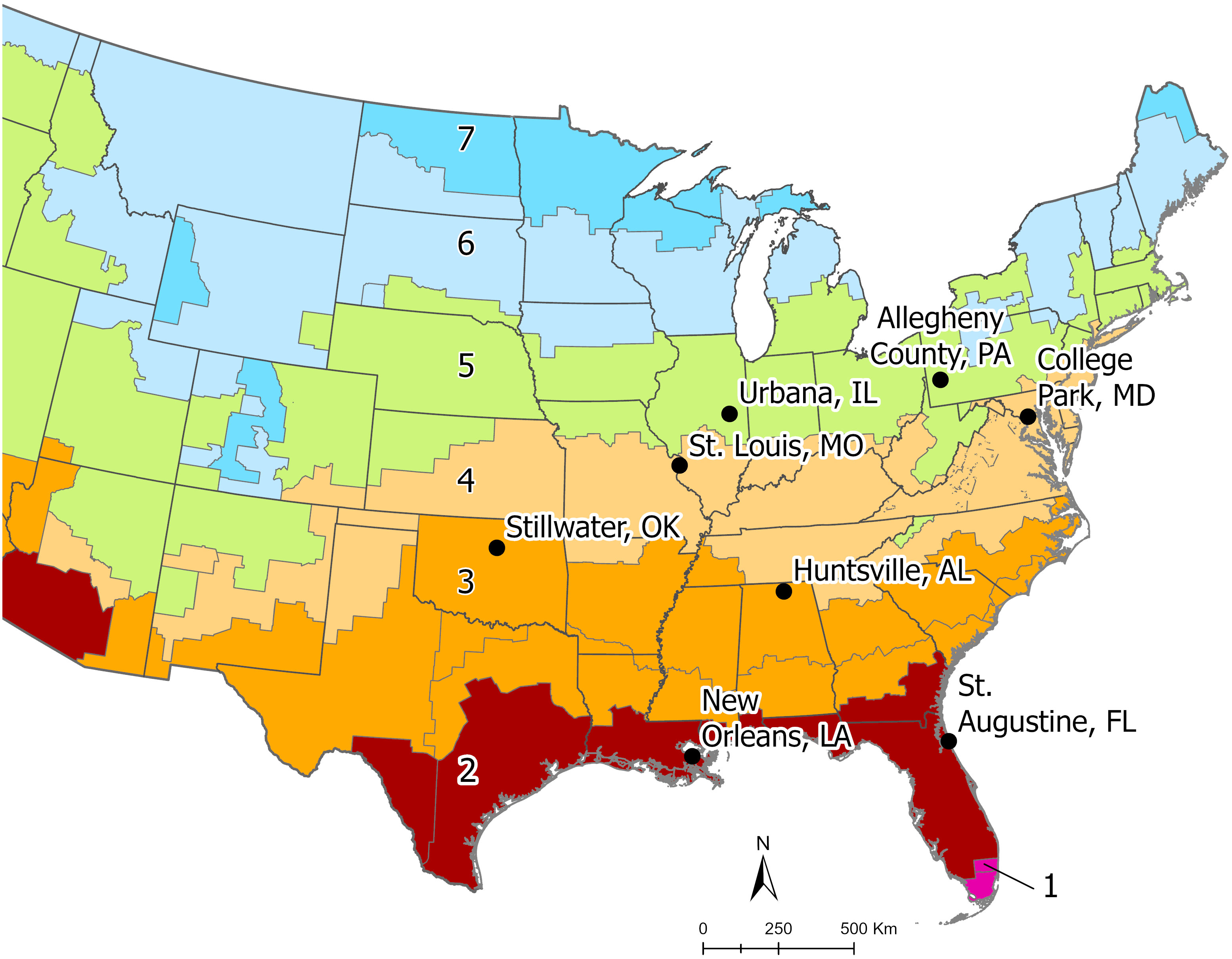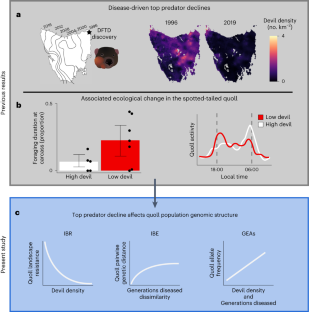2024-01-08 ワシントン大学セントルイス校
◆研究者らは特に侵入的なアカイエカ蚊の8つの集団で臨界熱最大値(CTmax)を測定し、蚊が感染症を広げる能力を低く見積もっている可能性があることを発見しました。
<関連情報>
- https://source.wustl.edu/2024/01/some-mosquitoes-like-it-hot/
- https://www.frontiersin.org/articles/10.3389/fevo.2023.1248673/full
世界的に重要な病害媒介動物における暑さ耐性の遺伝学的変異が気候と共変する
Genetically based variation in heat tolerance covaries with climate in a globally important disease vector
Benjamin L. Orlinick, Angela Smith ,Kim A. Medley ,Katie M. Westby
Frontiers in Ecology and Evolution Published:, 08 January 2024
DOI:https://doi.org/10.3389/fevo.2023.1248673

Introduction: Vector-borne diseases (VBDs) are an increasingly important global health concern in the face of climate change. Understanding the ecology and evolution of vector species is critical to predicting and combating VBD. Vectorial capacity models, used to forecast disease transmission, traditionally assume traits are constant among populations, and little is known about whether different vector populations vary in thermal tolerance. To test for geographic variation in upper thermal tolerance, we determined the critical thermal maximum (CTmax) of Aedes albopictus, a globally distributed mosquito and competent vector for many viruses including West Nile, chikungunya, and dengue.
Methods: We studied CTmax for eight different populations spanning four climate zones across the Eastern United States using common garden experiments to isolate genetic variation. To explore potential drivers of this variation we then tested the relationship between climatic variables measured near each population source and CTmax.
Results: We found significant differences across populations for both adults and larvae, and these differences were more pronounced for adults. Larvae had higher CTmax values compared to adults. Several climatic variables improved models of CTmax for both adults and larvae including mean and max seasonal temperature, annual precipitation, and relative humidity. Annual precipitation appears to be particularly important and has a positive linear relationship with CTmax.
Discussion: The differences between life stages likely result from different selection pressures experienced in their terrestrial and aquatic habitats. Importantly, the assumption that mosquito populations within a species have the same upper thermal limits does not hold in this case, thus it is important to use population-specific CTmax values, among other important physiological parameters that may vary, to more accurately model and forecast VBDs.


